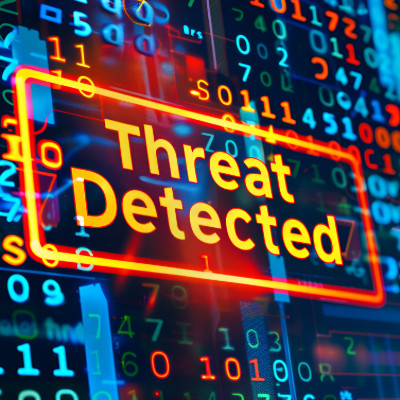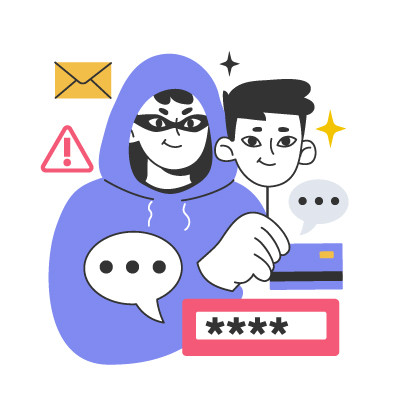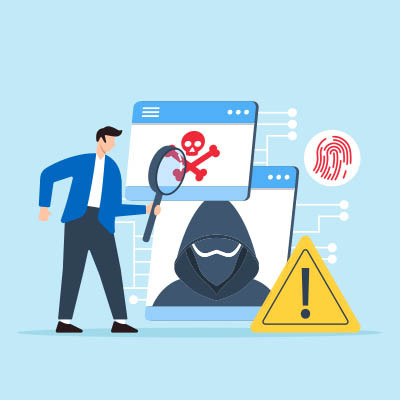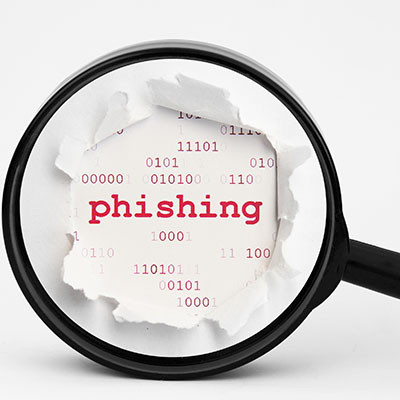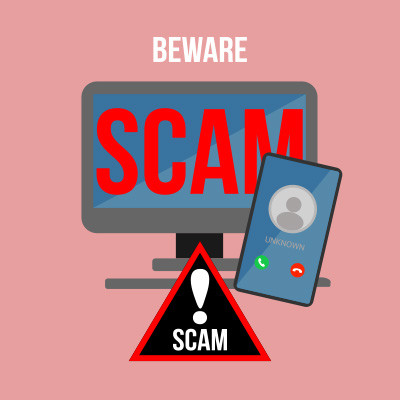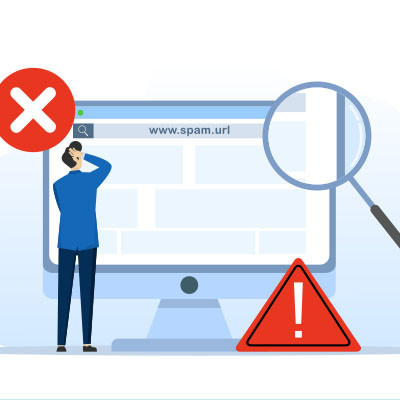Cambium Data Blog
If you are like me, you’re constantly juggling a dozen different things. You spend your days building client relationships, refining your product, and handling situations you never could have dreamed up. The last thing you need is to lose sleep worrying about whether or not your data is safe.
The truth is, cyberattacks are a very real risk for everyone. Ransomware, phishing scams, and other cyberattacks can cripple your business’ ability to thrive. Here are some smart, proactive steps you can take to build a strong security posture that will go a long way toward protecting your digital assets.
Most, if not all, of us have heard the most famous phishing story of them all: how the ancient city of Troy, after ten years of war, finally fell after a raiding party was allowed into the gates by hiding in the belly of a constructed wooden horse. It’s true… the legend of the Trojan horse, already associated by name with a nasty cyberattack, is arguably also a cautionary tale about how effective phishing can be.
Let’s go over how you can help protect your business from falling for this truly classic ruse.
Security threats might be sensationalized on the Internet, but the fact remains that they are serious problems for any business, big or small. Is your company ready to take on today’s increasingly sophisticated security threats? Here are three of them that could cause significant damage to your business… In more ways than one.
While we may be IT professionals and—as such—take security extremely seriously, it can occasionally help to discuss business cybersecurity with a different approach… such as a daytime soap opera. What follows is one of these occasions.
Welcome to Oak Falls, a cozy little coastal hamlet shielded by the trees that give it its name. Unfortunately, these trees do little to protect the residents from the cyberthreats that loom over us all. Like bytes through the Internet, these are the Zero-Days of Our Lives.
Phishing attacks are the most common security risk your business faces, and if you’re not careful, you (or your employees) could fall victim to them with ease. All it takes is clicking on the wrong link or downloading the wrong file, and boom, your business is dealing with a full-blown security breach. To prevent this, we want to cover some of the major signs you’re dealing with a phishing message and what you can do about it.
Imagine one of your employees receiving a phishing message in their email inbox. Would they fall for it or report it to the appropriate individuals within your business? With phishing training, you can take the guesswork out of this scenario and know—for sure—that your team knows how to respond to a potential phishing scheme.
It’s hard to tell people that “we are under attack” all the time and actually mean it. There are a couple of reasons for this. First, the more you tell people they are under threats that don’t actually affect them, the more distrust or even disdain develops for the issuer of these revelations. Second, people will never actually understand that they are under threat until something happens that proves to them that they need to be more careful.
Concerns over operational expenses, particularly regarding technology, weigh heavily on many business owners. For some, these expenses can spiral out of control, leading to financial problems in vital areas of the organization. Every business needs to ask how it can rectify its IT spending to bring on a culture of overall improvement.
One of the most dangerous types of threats is the many phishing scams you and your employees could fall victim to. While it might be tempting to poke fun at the people who succumb to seemingly obvious phishing attacks, the reality of the matter is that some phishing attacks are anything but, and they are only growing more sophisticated over time.
With so many new and emerging threats to worry about in today’s cybersecurity landscape, it’s no wonder that some businesses and employees might be operating from a knowledge deficit regarding network security. We’re here to change that with a quick overview of the three biggest overarching threats your business must face and prepare for.
We know that living in a constant state of fear of being scammed is not ideal, but it’s the unfortunate reality of living in today’s technologically advanced world. The good news is that it’s never too late to learn how to avoid them! Let’s discuss how you can be more aware of the challenges of scams not only in a business setting, but in everyday life.
We’re always telling people to avoid clicking on suspicious links, but the bad guys are making it harder to tell the difference between a legitimate URL and a suspicious one. We’re going to try to simplify it for you, and have you focus on the placement of a single punctuation mark in a link to tell if it might be safe or dangerous.
It’s easy to think of email as something that just works. You open up Outlook or log into Gmail and your mail is there. Most people aren’t even aware of the vast, complex set of systems required for email to even work—and we don’t blame you. It’s extremely complicated.
That being said, if nobody is actively managing your email, providing protection for the underlying technology, and making sure that it was and remains configured properly, it’s possible that your email could be working fine while opening you up for unseen threats.
Cybercriminals aren’t looking to play fair against businesses. They don’t care how big or small you are, they don’t care about what services you provide, or what good you offer for the community. You could be a children’s hospital or a single mother selling homemade mittens out of your dining room, you could be a school, an assisted living facility, or a Fortune 500. Either way, your organization is an equally viable target for cybercriminals.
Have you tried using Enhanced Safe Browsing in your Google Chrome browser? This feature has been a part of the browser since 2019, and it was implemented with the intention of preventing phishing attacks. This feature was also recently added to Gmail. Here’s how you enable it, as well as why it might not be the solution you’re hoping for.
There are countless threats out there that can leave your business in a worse state than before, including viruses and malware, ransomware, data breaches, and other types of phishing attacks. It’s hard to go about your day without worrying about these types of threats, especially in today’s connected business world. However, the ones you need to watch out for most of all are the ones that are so personal you’d never expect them.



